Strength and Deformation of Pillars during Mining in the Shaft Pillar
Abstract
:1. Introduction
2. Materials and Methods
2.1. Sampling
2.2. Existing Methods of Solving the Strength versus Slenderness Ratio
2.3. Objectives of the Contribution
2.4. Measurement Methodology
3. Results
3.1. Compressive Strength
3.2. Deformation Modulus
3.3. Flow of Deformation Diagrams
4. Discussion
5. Conclusions
Author Contributions
Funding
Institutional Review Board Statement
Informed Consent Statement
Data Availability Statement
Conflicts of Interest
References
- Bieniawski, Z.T. The effect of specimen size on the compressive strength of coal. Int. J. Rock Mech. Min. Sci. 1967, 5, 325–335. [Google Scholar] [CrossRef]
- The Complete IRSM Suggested Methods for Rock Characterisation, Testing and Monitoring; IRSM Turkish National Group Ankara: Ankara, Turkey, 2007; ISBN 978-975-93475-4-1.
- Prassetyo, S.H.; Irnawan, M.A.; Simangunsong, G.M.; Wattimena, R.K.; Arif, I.; Rai, M.A. New coal pillar strength formulae considering the effect of interface friction. Int. J. Rock Mech. Min. Sci. 2019, 123, 104102. [Google Scholar] [CrossRef]
- Prassetyo, S.H. The Influence of Interface Friction and W/H Ratio in the Violence of Coal Specimen Failure. Master’s Thesis, West Virginia University, Morgantown, WV, USA, 2011. [Google Scholar]
- Prassetyo, S.H.; Rashed, G.; Li, Y.; Luo, Y.; Peng, S. The influence of interface friction and W/H ratio on the violence of coal specimen failure-A comparison between a bump and non-bump prone mines. In Proceedings of the 30th International Conference on Ground Control in Mining, Morgantown, WV, USA, 26–28 July 2011; West Virginia University: Morgantown, WV, USA, 2011; pp. 1–13. [Google Scholar]
- van der Merwe, J.N. New pillar strength formula for South African coal. J. S. Afr. Inst. Min. Metall. 2003, 103, 281–292. [Google Scholar]
- Bieniawski, Z.T. In situ strength and deformation characteristics of coal. Eng. Geol. 1968, 2, 325–340. [Google Scholar] [CrossRef]
- Bunting, D. Chamber pillars in deep anthracite mines. Trans. AIME 1911, 42, 236–245. [Google Scholar]
- Bauschinger, J. Mitteilungen aus dem Mechanisch Technishen Laboratorium; Hochschule München: Munich, Germany, 1876. [Google Scholar]
- Galvin, J.M.; Hebblewhite, B.K.; Salamon, M.D.G. UNSW pillar strength determinations for Australian and South African conditions. In Rock Mechanics for Industry: Proceedings of the 37th U.S. Symposium; A.A. Balkema: Rotterdam, The Netherlands, 1999; pp. 63–71. [Google Scholar]
- Mark, C.; Chase, F. Analysis of Retreat Mining Pillar Stability. In Proceedings: New Technology for Ground Control in Retreat Mining-NIOSH IC 9446; National Institute of Occupational Safety and Health: Pittsburgh, PA, USA, 1997; pp. 17–34. [Google Scholar]
- Madden, B.J. A re-assessment of coal-pillar design. J. S. Afr. Inst. Min. Metall. 1991, 91, 27–37. [Google Scholar]
- Sheorey, P.R. Design of coal pillar arrays, chain pillars. In Comprehensive Rock Engineering; Pergamon: Oxford, UK, 1992; Volume 2, pp. 631–670. [Google Scholar]
- Salamon, M.D.G.; Wagner, H. Practical Experiences in the Design of Coal Pillars. In Proceedings of the 21st International Conference of Safety in Mines Research, Sydney, Australia, 21–25 October 1985; A.A. Balkema: Rotterdam, The Netherlands, 1985. [Google Scholar]
- Wagner, H.; Madden, B.J. 47 Fifteen years’ experience with the design of coal pillars in shallow South African collieries: An evaluation of the performance of the design procedures and recent improvements. In Design and Performance of Underground Excavations: ISRM Symposium; British Geotechnical Society: Cambridge, UK, 1984; pp. 391–399. [Google Scholar]
- Holland, C.T. Pillar design for support of the over burden in coal mines. In Proceedings of the 9th Canada Symposium on Rock Mechanics, Montreal, ON, Canada, 13–15 December 1973; Department of Energy, Mines and Resources, Mines Branch: Ottawa, ON, Canada, 1973; pp. 114–139. [Google Scholar]
- Salamon, M.D.G.; Munro, A.H. A study of the strength of coal pillars. J. S. Afr. Inst. Min. Metall. 1967, 68, 55–67. [Google Scholar]
- Holland, C.T.; Gaddy, F.L. Some aspects of permanent support of overburden on coal beds. In Proceedings of the West Virginia Coal Mining Institute; Pennsylvania State University: University Park, PA, USA, 1957; pp. 43–66. [Google Scholar]
- Greenwald, H.P.; Howarth, H.C.; Hartmann, I. Experiments on Strength of Small Pillars of Coal in the Pittsburgh Bed; U.S. Department of the Interior, Bureau of Mines: Washington, DC, USA, 1939. [Google Scholar]
- Sinha, S.; Walton, G. A progressive S-shaped yield criterion and its application to rock pillar behavior. Int. J. Rock Mech. Min. Sci. 2018, 105, 98–109. [Google Scholar] [CrossRef]
- Peng, J.; Ngai, L.; Wong, Y.; Teh, C.I. A re-examination of slenderness ratio effect on rock strength: Insights from DEM grain-based modelling. Eng. Geol. 2018, 246, 245–254. [Google Scholar] [CrossRef]
- Wattimena, R.K.; Kramadibrata, S.; Sidi, I.D.; Azizi, M.A. Developing coal pillar stability chart using logistic regression. Int. J. Rock Mech. Min. Sci. 2013, 58, 55–60. [Google Scholar] [CrossRef]
- Mark, C.; Agioutantis, Z. Analysis of coal pillar stability (ACPS): A new generation of pillar design software. Int. J. Min. Sci. Technol. 2019, 29, 87–91. [Google Scholar] [CrossRef]
- Zhou, Z.; Zang, H.; Cao, W.; Du, X.; Chen, L.; Ke, C. Risk assessment for the cascading failure of underground pillar sections considering interaction between pillars. Int. J. Rock Mech. Min. Sci. 2019, 124, 104142. [Google Scholar] [CrossRef]
- St George, J.D. Structural effects on the strength of New Zealand coal. Int. J. Rock Mech. Min. Sci. 1997, 34, 299.e1–299.e11. [Google Scholar] [CrossRef]
- Bieniawski, Z.T. Discussion of pillar strength formulas. Rock Mech. 1977, 10, 107–110. [Google Scholar] [CrossRef]
- Sheorey, P.R.; Das, M.N.; Barat, D.; Prasad, R.K.; Singh, B. Coal pillar strength estimation from failed and stable eases. Int. J. Rock Mech. Min. Sci. 1987, 24, 347–355. [Google Scholar] [CrossRef]
- Das, M.N. Influence of width/height ratio on post-failure behaviour of coal. Int. J. Min. Geol. Eng. 1986, 4, 79–87. [Google Scholar] [CrossRef]
- Jawed, M.; Sinha, R.K.; Sengupta, S. Chronological evolution in coal pillar design for bord and pillar workings: A critical appraisal. J. Geol. Min. Res. 2013, 5, 1–11. [Google Scholar] [CrossRef]
- Gaddy, F.L. A Study of the Ultimate Strength of Coal as Related to the Absolute Size of Cubical Specimens Tested; Virginia Polytechnic Institute: Blacksburg, VA, USA, 1956; pp. 1–27. [Google Scholar]
- Wilson, A.H. The stability of underground workings in the soft rocks of the Coal Measures. Int. J. Min. Eng. Geotech. Geol. Eng. 1983, 1, 91–187. [Google Scholar] [CrossRef]
- Lawall, C.E.; Holland, C.T. Some Physical Characteristics of West Virginia Coals; West Virginia University Bulletin, Series 37, No. 8. IV; West Virginia University: Morgantown, WV, USA, 1937. [Google Scholar]
- Daniels, J.; Moore, L.D. The crushing strength of coal. Eng. Min. J. 1907, 84, 263–268. [Google Scholar]
- Meikle, P.G.; Holland, C.T. The Effect of Friction on the Strength of Model Coal Pillars; SME-AIME Preprint No. 65FM80; The American Institute of Mining, Metallurgical, and Petroleum Engineers: Chicago, IL, USA, 1965; pp. 322–326. [Google Scholar]
- Khair, A.W. Effect of Coefficient of Friction on the Compressive Strength of Model Coal Pillars. Master’s Thesis, West Virginia University, Morgantown, WV, USA, 1968. [Google Scholar]
- Pariseau, W.G.; Hustrulid, W.A.; Swanson, S.R.; Van Sambeek, L. Coal Pillar Strength Study (The Design of Production Pillars in Coal Mines); U.S. Department of the Interior, Bureau of Mines: Bruceton, PA, USA, 1977. [Google Scholar]
- Babcock, C.O. Constraint is the prime variable in pillar strength. In Proceedings of the 4th Conference on Ground Control in Mining, Morgantown, WV, USA, 22–24 July 1985; West Virginia University: Morgantown, WV, USA, 1985; pp. 105–116. [Google Scholar]
- Brady, B.T. The effect of confining pressure on the elastic stress distribution in a radially end-constrained circular cylinder. Int. J. Rock Mech. Min. Sci. 1971, 8, 153–164. [Google Scholar] [CrossRef]
- Brady, B.T. An exact solution to the radially end-constrained circular cylinder under triaxial loading. Int. J. Rock Mech. Min. Sci. Geomech. Abstr. 1971, 8, 165–178. [Google Scholar] [CrossRef]
- Esterhuizen, G.S.; Dolinar, D.R.; Ellenberger, J.L. Pillar strength in underground stone mines in the United States. Int. J. Rock Mech. Min. Sci. 2011, 48, 42–50. [Google Scholar] [CrossRef]
- Waclawik, P.; Ptacek, J.; Konicek, P.; Kukutsch, R.; Nemcik, J. Stress-state monitoring of coal pillars during room and pillar extraction. J. Sustain. Min. 2016, 15, 49–56. [Google Scholar] [CrossRef]
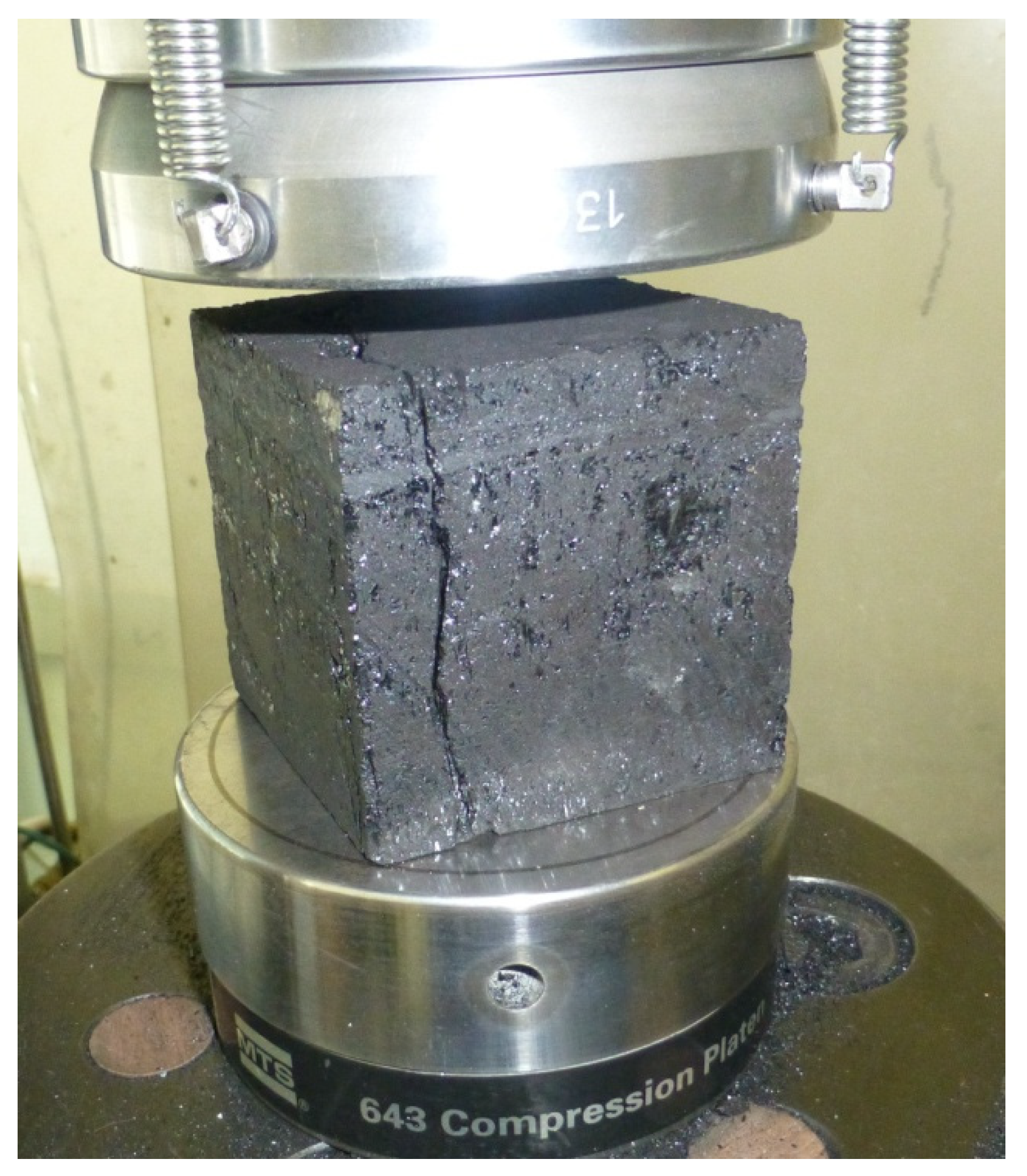
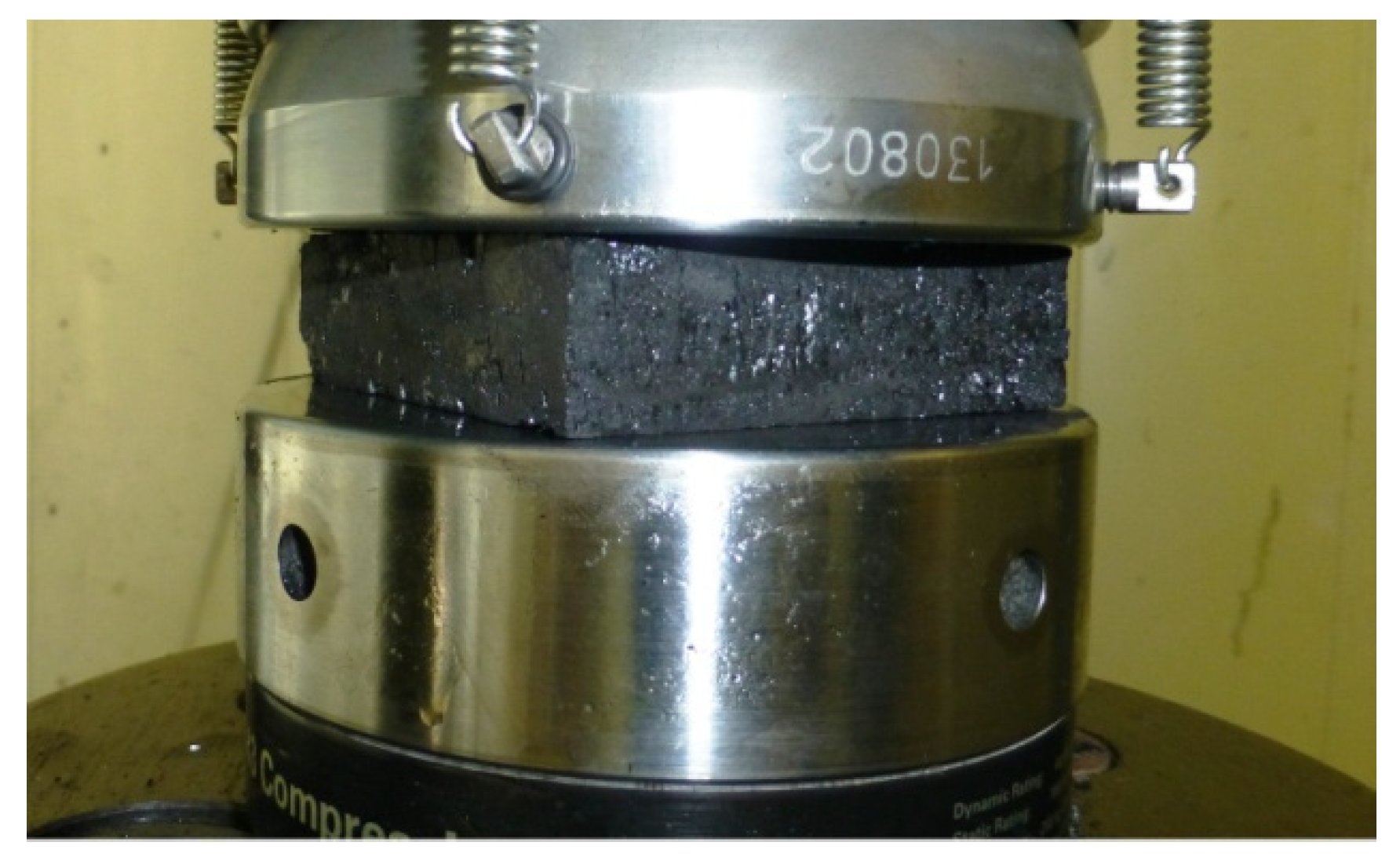

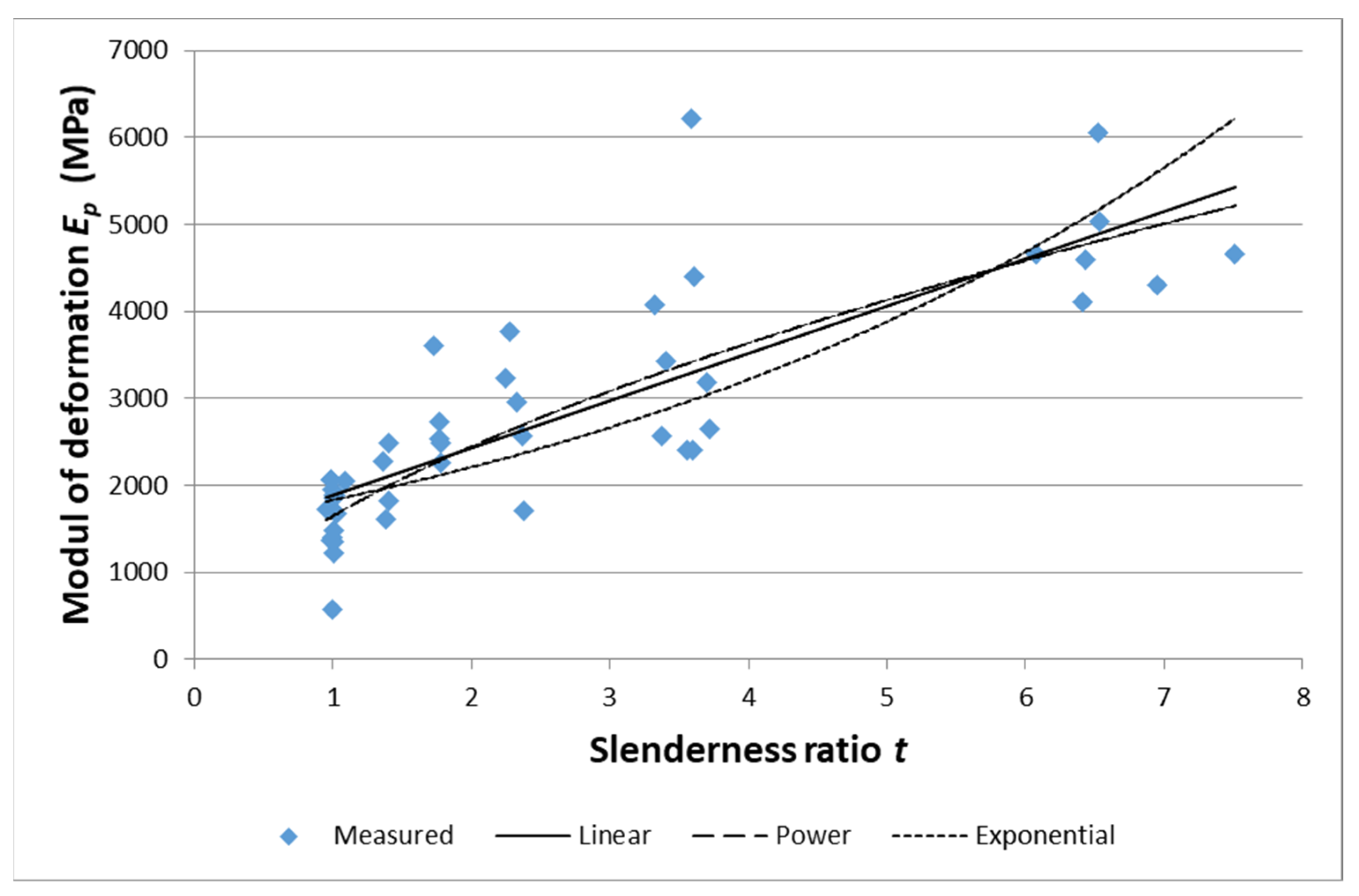
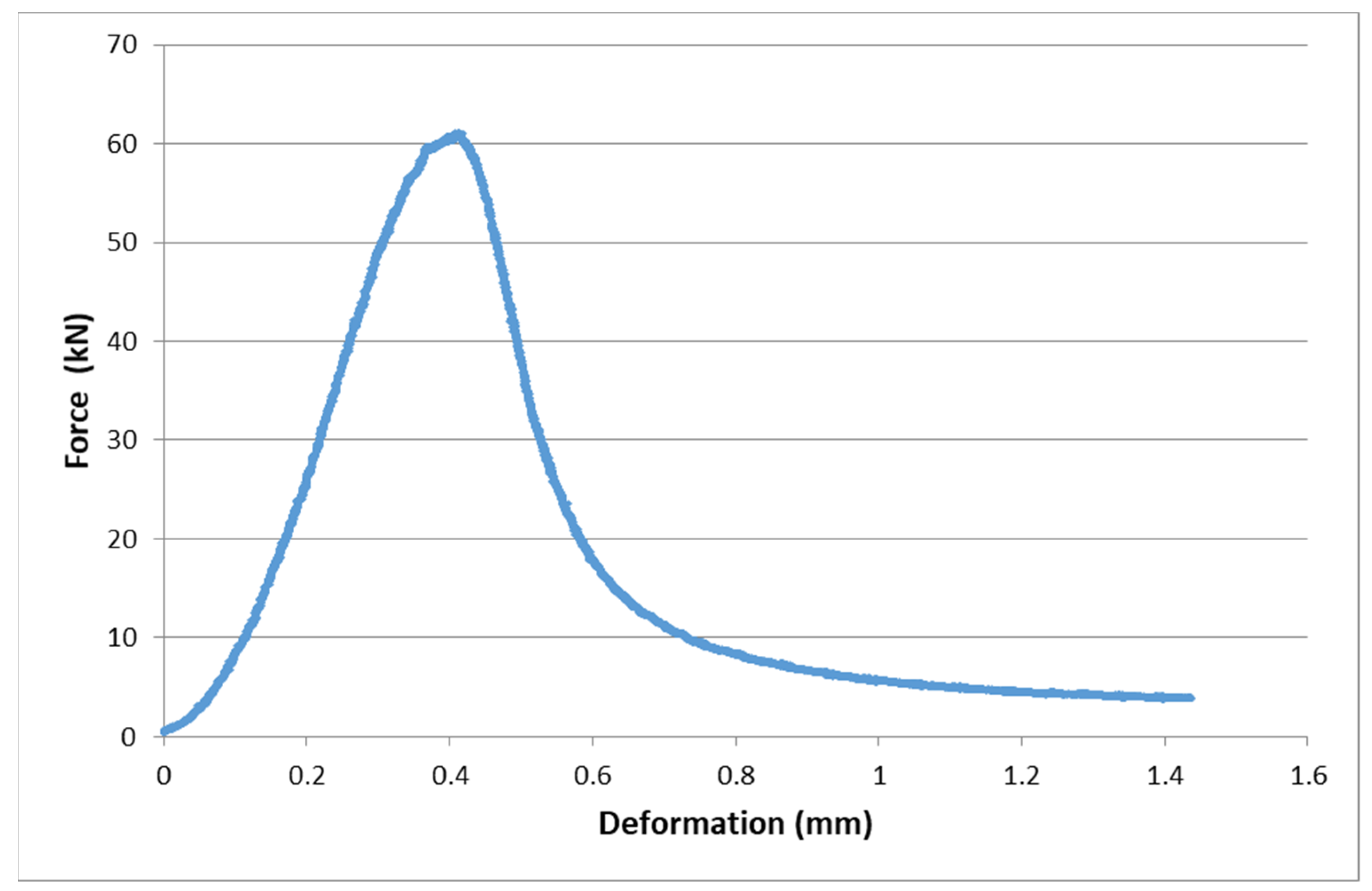


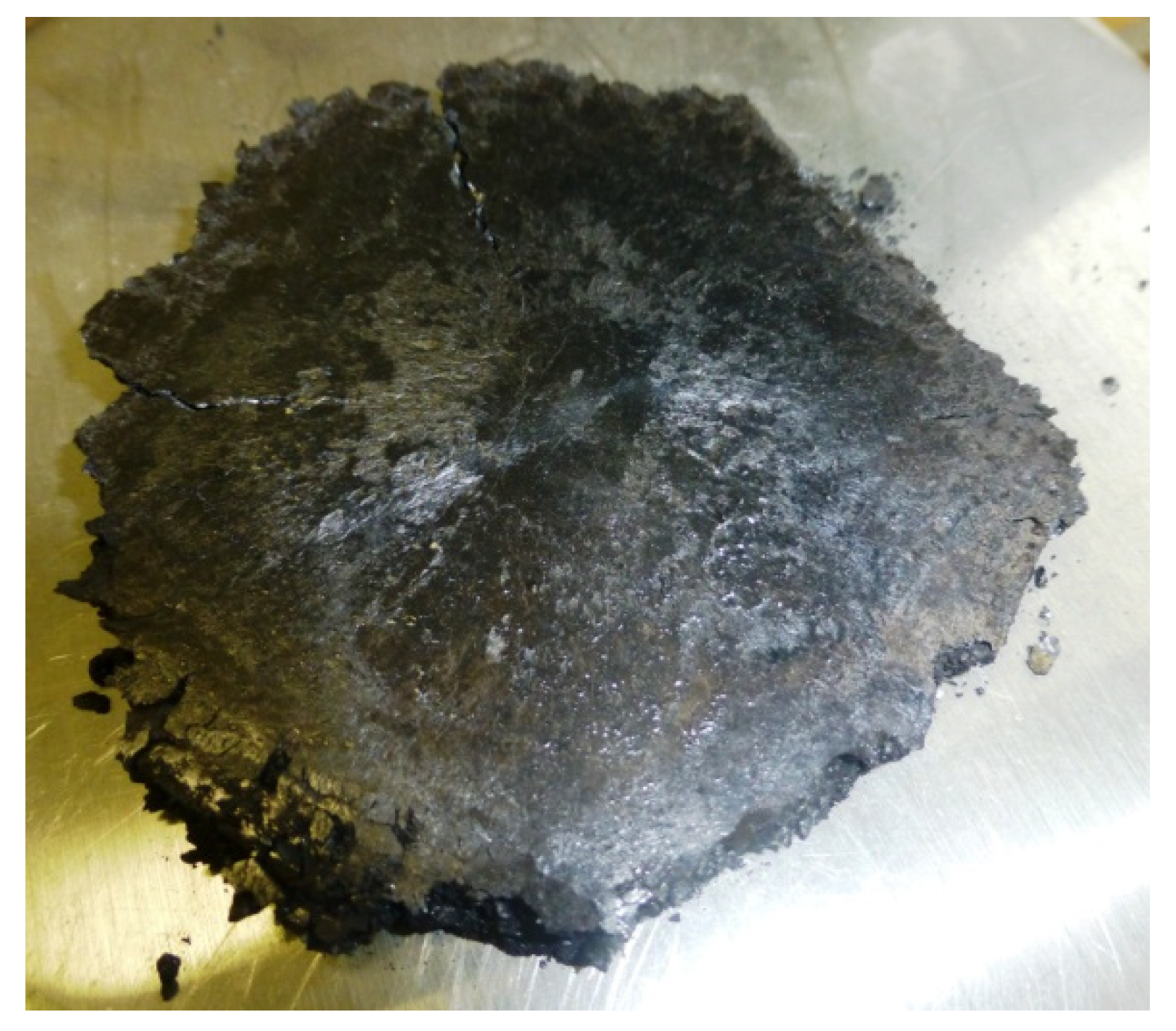
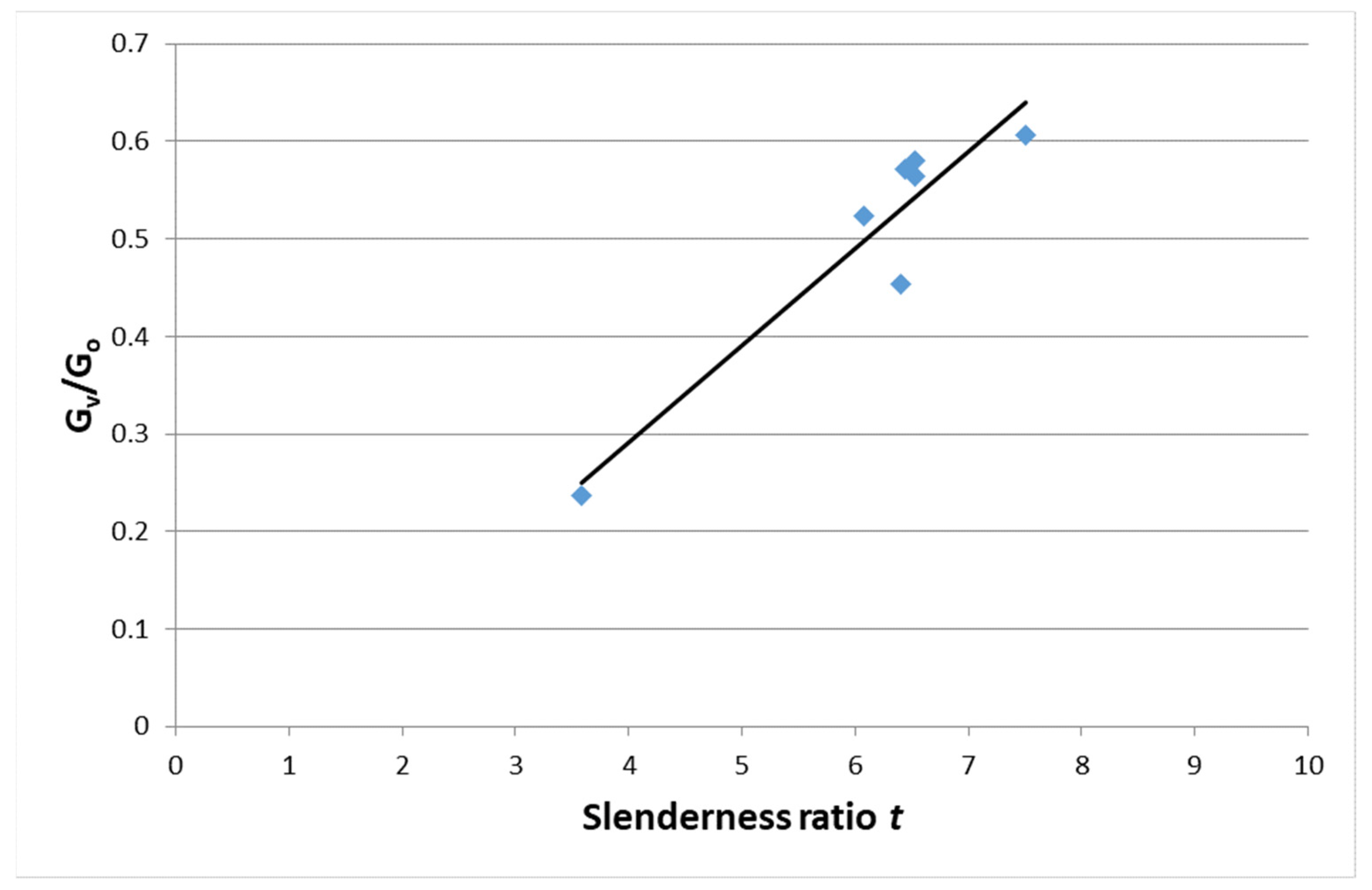
Disclaimer/Publisher’s Note: The statements, opinions and data contained in all publications are solely those of the individual author(s) and contributor(s) and not of MDPI and/or the editor(s). MDPI and/or the editor(s) disclaim responsibility for any injury to people or property resulting from any ideas, methods, instructions or products referred to in the content. |
© 2024 by the authors. Licensee MDPI, Basel, Switzerland. This article is an open access article distributed under the terms and conditions of the Creative Commons Attribution (CC BY) license (https://creativecommons.org/licenses/by/4.0/).
Share and Cite
Šancer, J.; Petroš, V.; Hudeček, V.; Zapletal, P. Strength and Deformation of Pillars during Mining in the Shaft Pillar. Appl. Sci. 2024, 14, 5003. https://doi.org/10.3390/app14125003
Šancer J, Petroš V, Hudeček V, Zapletal P. Strength and Deformation of Pillars during Mining in the Shaft Pillar. Applied Sciences. 2024; 14(12):5003. https://doi.org/10.3390/app14125003
Chicago/Turabian StyleŠancer, Jindřich, Vladimír Petroš, Vlastimil Hudeček, and Pavel Zapletal. 2024. "Strength and Deformation of Pillars during Mining in the Shaft Pillar" Applied Sciences 14, no. 12: 5003. https://doi.org/10.3390/app14125003






